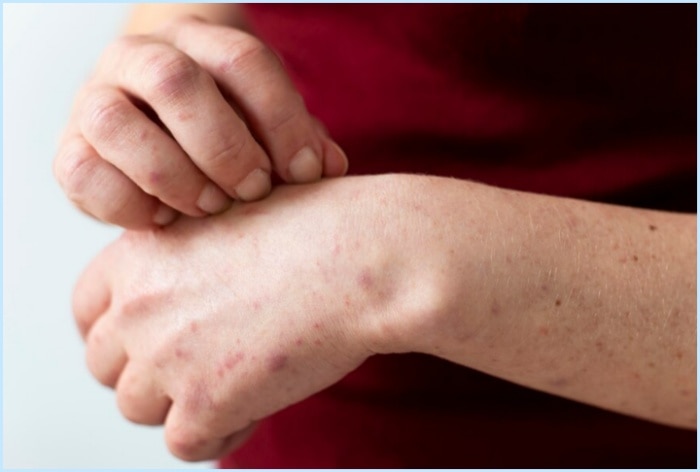The World Health Organization (WHO) has officially declared the Mpox virus a global health emergency and the world must be on alert. Here is a mini-guide to understand the preventive measures that can be taken to reduce the risk of viral infection.
Monkeypox or Mpox has been declared a “Public Health Emergency of International Concern”. There has been a worrying increase in mpox cases in the Democratic Republic of the Congo (DRC). Declaring the PHEIC, Dr Tedros said: “The emergence of a new mpox clade, its rapid spread in eastern DRC and the reporting of cases in several neighbouring countries are of great concern. In addition to outbreaks of other mpox clades in DRC and other countries in Africa, it is clear that a coordinated international response is needed to stop these outbreaks and save lives.”
Mpox was first detected in humans in 1970. The first human case of the virus originated in the Congo and was caused by Orthopoxvirus.
Committee Chair Professor Dimie Ogoina said: “The current surge of monkeypox virus in parts of Africa, coupled with the spread of a new sexually transmitted strain of monkeypox virus, is an emergency, not just for Africa, but for the entire world. Monkeypox virus, which originated in Africa, was neglected there and then caused a global outbreak in 2022. It is time to act decisively to prevent history from repeating itself.”
Mpox: signs and symptoms
Mpox is a viral infection that is spread through close contact and causes flu-like symptoms and pus-filled lesions. Most cases are mild, but it can also be fatal. It is a viral disease caused by the monkeypox virus, which belongs to the same family as the virus that causes smallpox.
How does Mpox spread?
Mpox can be spread through close contact with an infected person or animal, including:
- Direct contact with lesions or scabs on the skin of an infected person.
- Inhaling respiratory droplets produced by an infected person when they cough or sneeze.
- Touching objects or surfaces that have been contaminated with the virus.
- Sexual contact with an infected person.
Mpox Symptoms and Precautions
Symptoms of mpox usually appear between 5 and 21 days after exposure and may include:
- A rash that begins as flat spots and progresses to bumps, blisters, and then crusts. The rash usually starts on the face and then spreads to other parts of the body, including the hands, feet, chest, genitals, and anus.
- High fever
- Persistent headache
- Muscle and body pain.
- Swollen lymph nodes
- Fatigue
Diagnosis of Mpox is based on a person’s symptoms, medical history, and physical exam. In some cases, laboratory testing may be necessary to confirm the diagnosis.
Mpox: Should India be worried?
So far, no cases of MPOX have been reported in the subcontinent. However, in order to be prepared for the health emergency, appropriate preventive measures can help reduce the risk of viral infection.
